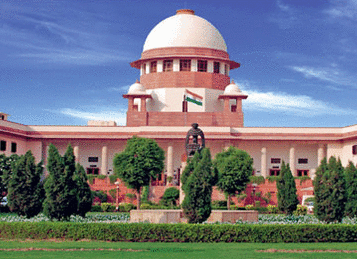Supreme Court rejects Curative Petitions filed over Nirbhaya Case: What are Curative Petitions?
On March 16, 2020, the Supreme Court of India rejected the curative petitions filed over Nirbhaya case.
A Brief outlook
In September 2013, a fast track court of Delhi found the defendants guilty and pronounced death penalty to those accused of rape and murder of a 23-year old female. Since then the accused were appealing to high court of Delhi and Supreme Court of India. Recently, the accused had filed a curative petition seeking to put his execution on hold. However, the Supreme Court has rejected their pleas and the accused are to be hanged on 20th March, 2020.
The mercy petition and review petition were also rejected by the Supreme Court
What is Curative Petition?
A curative petition is filed after the plea conviction against final conviction is dismissed. The Curative petitions are filed under Article 142 of the constitution. It shall be filed after the review petition is dismissed by the apex court.
The concept of Curative petition is supported by the Article 137 of Constitution of India. The Article enables Supreme Court to review its own judgements made under Article 145.
Article 145
The article empowers the Supreme Court to make rules for regulating practices and procedures of the Court. The rules include proceedings in the court, to stay proceedings, grant bail, etc. the minimum number of judges to sit for the purpose of interpretation of the constitution is 5 according to the article.
Review Petition
The Review petitions are filed under Article 137 of the Constitution that enables Supreme Court to review its own judgement. Under Supreme Court rules, 1966, these petitions should be filed within 30 days of judgement.
Month: Current Affairs - March, 2020


